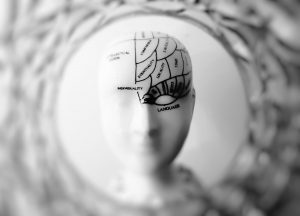viagra pills 50mg - 100mg less $1.02
Order sildenafil 50mg for sale
Our Services
After leaving the coma, the victim should receive carbohydrates orally in the form of quickly (sugar) and slowly (bread) digestible products, since if hypoglycemia occurs under the influence of prolonged forms of insulin, a relapse is possible.
The impact of any of these factors causes a decrease in blood glucose levels. Often occurring hypoglycemic conditions can eventually lead to myocardial infarction, stroke, epilepsy. Insufficient intake of glucose causes energy starvation of brain cells, disruption of the redox processes in them, which is equivalent to buy sildenafil observed during acute brain hypoxia. This leads first to functional, and then to organic degenerative changes in neurons, with significant hypoglycemia - to their death.


 Hypoglycemia is an adequate stimulator of the sympathetic-adrenal system, which leads to an increase in the content of catecholamines (adrenaline and norepinephrine) in the blood. This is manifested by characteristic vegetative symptoms - weakness, sweating, tremor, tachycardia. At the same time, hypoglycemia causes irritation of the hypothalamus, followed by activation of the contrainsular neurohormonal systems (corticotropin - glucocorticoids - somatotropin). An increase in the activity of contra-insular systems is a compensatory reaction of the body aimed at eliminating hypoglycemia.
Hypoglycemia is an adequate stimulator of the sympathetic-adrenal system, which leads to an increase in the content of catecholamines (adrenaline and norepinephrine) in the blood. This is manifested by characteristic vegetative symptoms - weakness, sweating, tremor, tachycardia. At the same time, hypoglycemia causes irritation of the hypothalamus, followed by activation of the contrainsular neurohormonal systems (corticotropin - glucocorticoids - somatotropin). An increase in the activity of contra-insular systems is a compensatory reaction of the body aimed at eliminating hypoglycemia.  What is viagra sildenafil?
What is viagra sildenafil? Speaking about laboratory criteria for confirming the above conditions, it is believed that a hypoglycemic reaction occurs when the blood sugar content is 3 mmol / l or less. Although even when blood glucose is at the level of 5-7 mmol / l or more, manifestations of hypoglycemia are possible. This occurs when the gap in the utilization of glucose by the cells of the central nervous system is impaired. In addition, a laboratory criterion for hypoglycemic conditions is a positive reaction of the body to the introduction of glucose intravenously.
Speaking about laboratory criteria for confirming the above conditions, it is believed that a hypoglycemic reaction occurs when the blood sugar content is 3 mmol / l or less. Although even when blood glucose is at the level of 5-7 mmol / l or more, manifestations of hypoglycemia are possible. This occurs when the gap in the utilization of glucose by the cells of the central nervous system is impaired. In addition, a laboratory criterion for hypoglycemic conditions is a positive reaction of the body to the introduction of glucose intravenously. 





